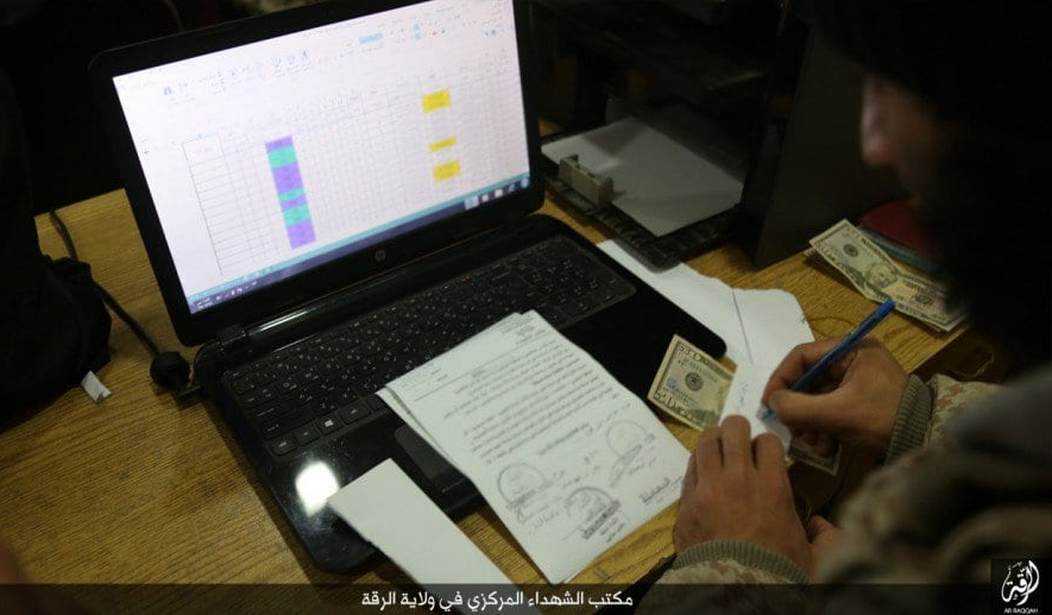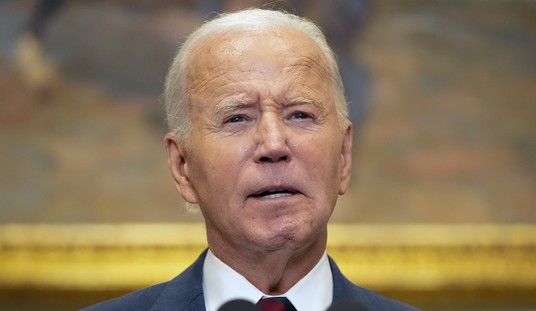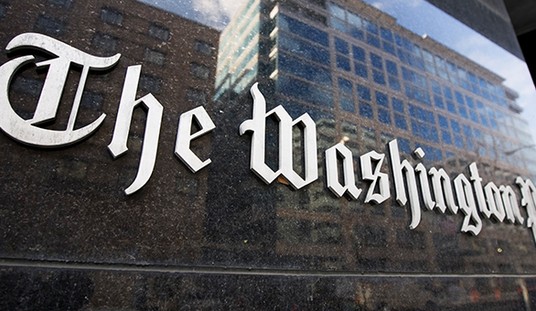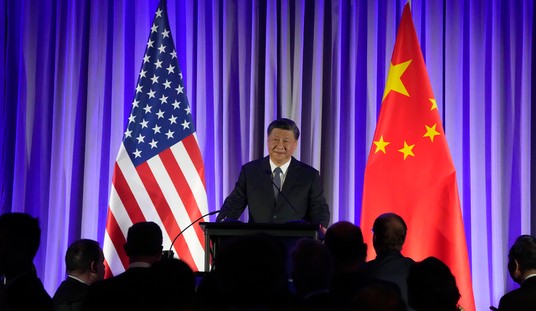As the Islamic State worked to turn its caliphate into a fully functioning state, they advertised for all of the jobs you’d find in a working society.
Last December, a British jihadist even ranked the top 10 job openings in the Islamic State, including chefs “about 30km behind enemy lines so it’s safe from all firing” and auto mechanics to keep up their fleet of white pickups.
ISIS has recruited doctors, human resources professionals, teachers, jurists, office clerks, accountants, and even fitness trainers to whip chubby fighters into shape.
But according to the U.S. military, those who signed up for the administrative side of ISIS are now getting pushed to the battlefront.
Lt. Gen. Sean MacFarland, commander of Combined Joint Task Force Operation Inherent Resolve, told reporters via video link from Baghdad today that “overall the flow of foreign fighters has been reduced as well,” which “contributes to the decline in the effectiveness of the enemy on the battlefield.”
But it’s hard to nail down whether they’re still operating with about 30,000 fighters in Syria and Iraq.
“Here’s the thing. They can grab a bunch of people minding their own business off the street, throw them in the back of a pickup truck, and drop them off at a checkpoint with some AKs and say, ‘defend this checkpoint.’ And they’ve done that. We’ve seen them do that in places,” MacFarland said.
“So, how many of those people are there against their will? How many of them are trained? How many can you really call a fighter? We know that they’ve taken a lot of their administrative folks and pushed them out to the front lines. They’re not really supposed to be there. It’s not their number one function within the so-called caliphate. So, they are able to make good some of their losses.”
However, the general said, “even with doing that, in the aggregate they’ve lost the ability in a number of places.”
“For instance, by losing the whole lower Euphrates River valley, obviously they can’t do that between Haditha and Baghdad. Now, they have to go get somebody and bring them all the way across the desert to reconstitute somebody who gets killed fighting near Ramadi or Haditha or someplace like that,” he said.
“And there’s a good chance we’ll spot them long before they get there. And as soon as they demonstrate hostile intent, then we’ll take them out. So there is a cumulative effect, I think, that is really accelerating in our favor and against the enemy.”
As far as how many fighters they have on any given day, MacFarland said he’s seen “estimates that are up and down the scale” from 30,000 to maybe half of that.
“All I know is when we go someplace, it’s easier to go there now than it was a year ago,” he said. “And the enemy doesn’t put up as much of a fight.”
The general said that in the past 11 months the coalition has taken out “about 25,000 enemy fighters.”
“When you add that to the 20,000 estimated killed prior to our arrival, that’s 45,000 enemies taken off the battlefield,” he added.
MacFarland emphasized later in the briefing that “the thing about these numbers is they’re pretty soft, pretty squishy.”
“But what I do believe is that the number of fighters on the front line has diminished. They’ve diminished not only in quantity, but also in quality. We don’t see them operating nearly as effectively as they have in the past, which makes them even easier targets for us so as a result they’re attrition has accelerated here of late,” he said.
MacFarland said the U.S. has trained “more than 13,500 members of the Iraqi security forces including over 4,000 Iraqi Army soldiers, 1,500 counter terrorism service solders, 6,000 Peshmerga, almost 1,000 Federal police and 300 border guards.”
“These Iraqi security forces have liberated almost a quarter of a million civilians in Iraq. We also stepped up our emphasis on police training and recruiting travel forces, adding 5,000 trained local police and over 20,000 tribal fighters enrolled,” he noted.
“These men will be key to holding the gains and we’ve already achieved in protecting these newly liberated Iraqis.”









Join the conversation as a VIP Member